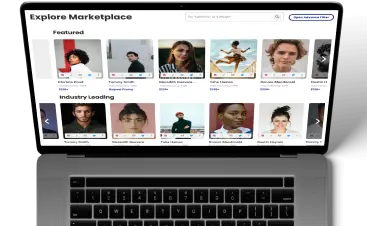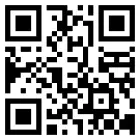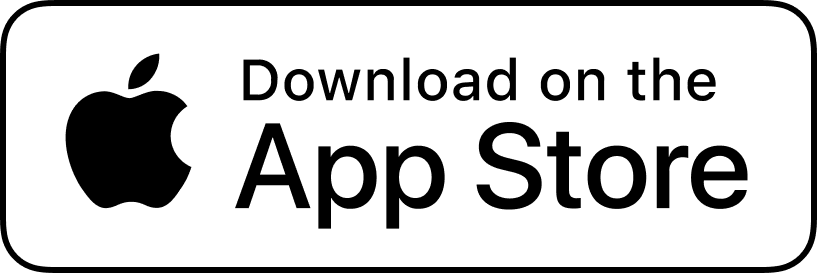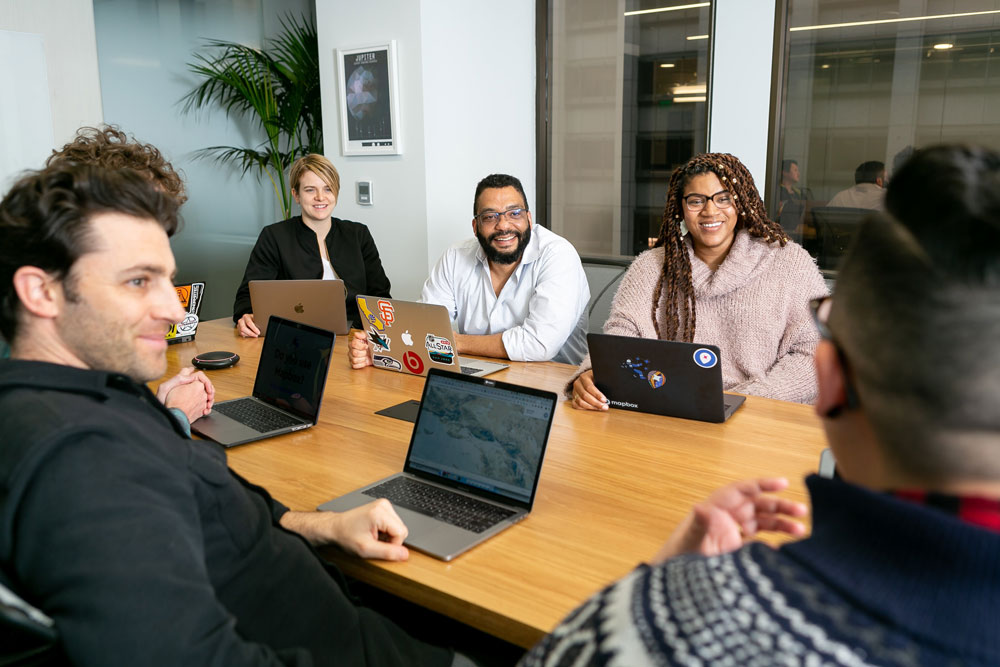What Is Brick and Click?
Brick and Click is a business model combining physical (brick-and-mortar) and online (click-and-mortar) operations. This approach allows businesses to offer products and services through traditional retail stores and online platforms.
Here are the key features and benefits of the brick-and-click model:
- Dual Channels: Businesses operate physical stores and online presence, such as websites or mobile apps.
- Customer Convenience: Provides customers the flexibility to shop in-store or online, enhancing the overall shopping experience.
- Broader Reach: Expand market reach by catering to local shoppers and online consumers.
- Increased Sales: Potentially boosts sales by offering multiple purchasing options.
- Integrated Inventory: Often involves integrated inventory systems to efficiently manage stock across both channels.
- Enhanced Brand Loyalty: Provides a seamless shopping experience, which can lead to increased customer loyalty.
- Data Insights: Allows businesses to gather data from both online and offline operations, providing valuable insights into consumer behavior.
Overall, the brick-and-click model leverages the strengths of both physical and digital retail to meet diverse customer needs and stay competitive in the market.
Examples Of Brick and Click Businesses
- Walmart successfully combines its extensive network of physical stores with a robust online presence. Customers can shop online, pick up items in-store, or deliver them to their homes.
- Target: Target offers a seamless shopping experience with services like drive-up pickup, same-day delivery, and in-store pickup for online orders.
- Apple integrates its online store with physical Apple Stores, allowing customers to purchase online and pick up in-store and receive in-person support and services.
- Best Buy: Its brick-and-click model includes online shopping, in-store pickups, and a strong focus on customer service through Geek Squad.
Future Trends In Brick and Click
- Enhanced Technology: Adoption of technologies like AI, AR, and VR to enhance the shopping experience both online and in-store. For instance, virtual try-ons or in-store navigation apps.
- Sustainability: Emphasis sustainable practices in online and offline operations, such as eco-friendly packaging for online orders and energy-efficient store designs.
- Personalization: Use more excellent data analytics to offer personalized shopping experiences, recommendations, and marketing tailored to individual customer preferences.
- Experiential Retail: Physical stores are evolving into experiential spaces where customers can engage with the brand through events, workshops, and interactive displays, while the online store offers convenience and a broad selection.
The brick-and-click model represents a holistic approach to retail that leverages the strengths of both physical and digital shopping experiences to meet evolving consumer expectations.
Check out some other terms you may encounter in the Creator economy here.








